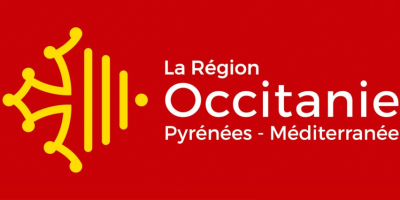
Occitanie
Region
Information
Occitanie is France’s second-largest region in surface area, with two European-sized cities, Toulouse and Montpellier. It is strategically located in the heart of southern Europe. A sea-facing region, Occitanie is home to France’s largest network of regional ports providing value in terms of shipping and logistics thanks to its three commercial ports.
Demographically, Occitanie is growing by leaps and bounds – its population increases each year by 50,000 inhabitants – and the region’s economic appeal is noteworthy. Its per-capita wealth puts in in line with Catalonia. It is the leading region in France in terms of rates of business creation.
Many students and young professionals flock to the Occitanie region every year:
- 35 prestigious Engineering schools and Universities
- 247,000 students (10% foreign students)
- 30% of the population under 25 years old
Its expertise in aerospace and embedded systems are known the world over. With more than 800 companies, 86,000 jobs – one-quarter of the European space workforce – Occitanie is the leading European region in these sectors, notably due to the presence of Airbus, Thales Alenia Space, and the National Center for Space Studies (CNES).
Renewable energies are one of Occitanie’s strong points: the region has immense green energy potential and is poised to become Europe’s first Positive Energy Region by 2050. Within France, it is ranked second for renewable energy, photovoltaic and hydroelectric production, third in terms of wind power and fifth when it comes to biomass.
As a consequence, the Region sets ambitious "green" hydrogen production targets and voted a Support Plan in 2019 with a budget of € 150m over the period 2019-2030.
By 2030,this will help implementing production, storage and distribution projects, developing the uses of hydrogen, and the purchase of hydrogen-powered vehicles.
By 2050, the objective is to reach an equivalent of 30% of the annual production of on-shore, off-shore wind, and photovoltaic energies that would be dedicated to hydrogen production.
Then this green hydrogen would be used in four complementary ways:
- Incertain industrial processes
- Inhydrogen-powered vehicles (up to 5 TWh)
- Bydirect injection into the gas network
- Formethanation (up to 1.5 TWh of green methane)